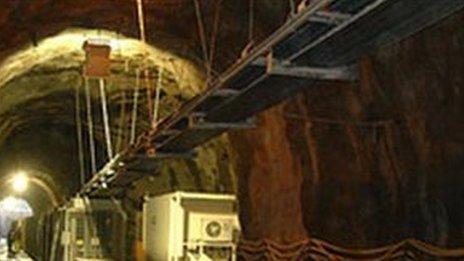Planned change to Scotland's biggest hydro project
- Published
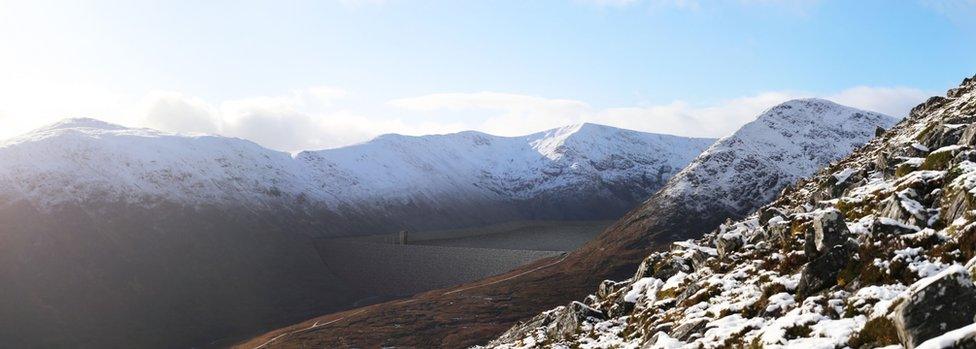
A dam and reservoir are planned for a site near Spean Bridge
SSE has sought permission to increase the generating capacity of its planned Coire Glas pumped storage hydro-electric project.
The energy company was granted permission for a 600MW-capacity scheme in 2013 and has now sought approval to increase it to 1,500MW.
The Scottish government has been asked to approve the change to the proposal at site near Spean Bridge in Lochaber.
It would be the largest capacity hydro project to be built in Scotland.
The project would also be the first new pumped storage scheme to be developed in Britain since 1974, when work began at the Dinorwig scheme in Wales.
One million homes
SSE said Coire Glas would have a storage capacity of up to 30 gigawatt hours (GWh), more than doubling the existing pumped storage capacity of the UK which is currently 24GWh.
The company said the 30GWh was in relation to the size of the scheme's reservoir and the amount of water this can store.
If the project had a 600MW installed capacity it would take 50 hours to release this stored energy.
SSE said with the proposed 1,500MW installed capacity it would take 20 hours to release.
It said the higher capacity would mean water could be moved in larger quantities, allowing for more "flexible operational options" to help either store energy or generate power depending on demand.
A GWh is enough electricity to power about one million homes for an hour, according to Ofgem's figures.
'Soak up'
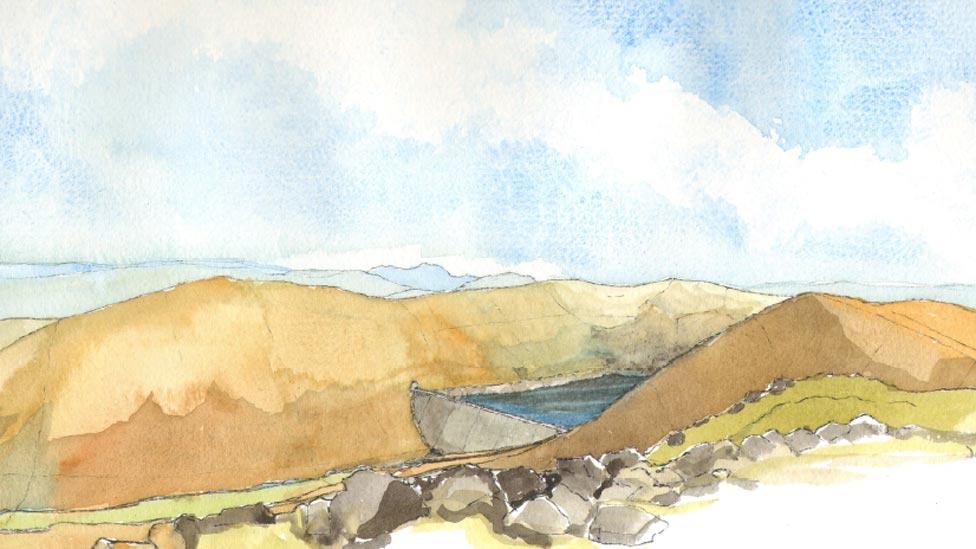
A visualisation of the planned Coire Glas reservoir
SSE said the increase to its scheme's capacity would bring "little change" to the current external elements of the project.
It said the majority of the changes would in the underground space used to house the larger turbines required.
SSE said external elements of the project, such as the dam, upper reservoir, construction access, jetty and administration building, would be similar in size and nature to that of the already-consented development.
The pump storage hydro scheme would "soak up" excess power generated by wind farms, using it to pump water up to a reservoir.
That water would then be released through tunnels to generate hydro electric power at times when consumers need it.
Five years ago, the John Muir Trust objected to the planning application. The landscape conservation charity was concerned that the project would have a "severe impact" on the landscape.
Scottish Natural Heritage also raised concerns that the scheme would have a major negative impact on the local landscape and views would be significantly affected.
- Published13 December 2013

- Published30 October 2012
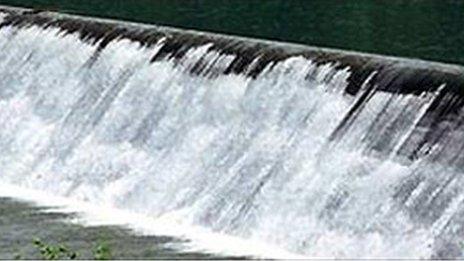
- Published25 October 2012
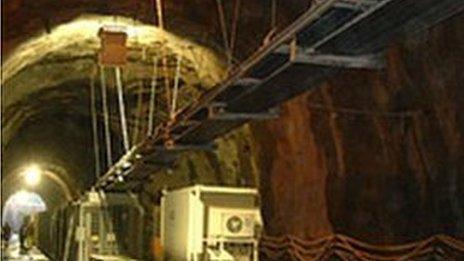
- Published29 August 2012
